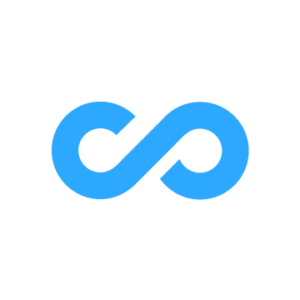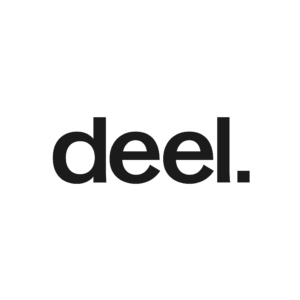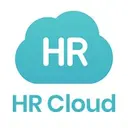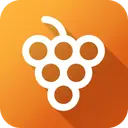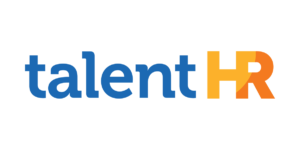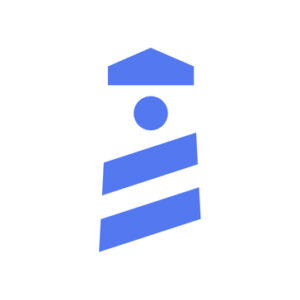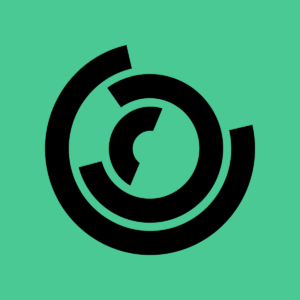Employee Onboarding Software With Third-Party Integration: Why It Matters
Have you ever felt overwhelmed by the task of juggling multiple tools to onboard new employees? Employee onboarding software with third-party integration solves this problem by connecting all your existing tools, such as payroll systems, HR platforms, and communication apps, into one easy-to-use system. Instead of switching between different platforms, everything is managed in one place, saving time and reducing mistakes. It makes the process smoother and more straightforward for both your HR team and your new hires.
Key Features Of Employee Onboarding Software With Third-Party Integration
When choosing the right onboarding software, look for these essential features that use third-party integrations.
- API and System Connectivity: Ensure the software can integrate with your payroll, HRIS, or CRM tools seamlessly.
- Collaboration Tools: Integration with platforms like Slack, Microsoft Teams, or Google Workspace enhances communication during onboarding.
- Document Management: Allow integrations with cloud storage solutions like Google Drive or Dropbox for easy sharing of onboarding documents.
- Automated Scheduling: Integrate with tools like Outlook or Google Calendar to sync calendars and effortlessly set up training sessions and meetings.
- Customizable Workflows: Integrations with workflow automation tools, such as Zapier, enable you to customize and streamline onboarding tasks.
Benefits Of Third-Party Integration For Onboarding
Third-party integration transforms the onboarding process by bringing everything together into one smooth system that works for everyone. By syncing everything automatically, HR teams eliminate the hassle of entering the same data into multiple platforms. Managers can easily track tasks and stay updated without juggling different tools. When all your systems work in harmony, onboarding becomes quicker, easier, and less stressful for everyone involved.
